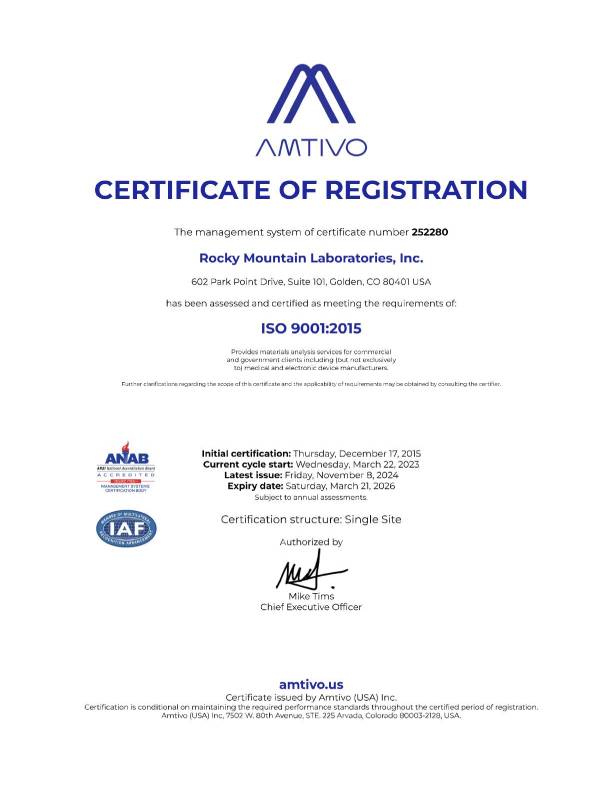Scanning Electron Microscopy (SEM) is a powerful imaging technique that can be applied to analyze integrated circuits (ICs) at a microscopic level. Here’s how SEM analysis is beneficial for studying integrated circuits:
1. Failure Analysis:
- Defect Identification: SEM can be used to identify defects, such as open circuits, short circuits, and other manufacturing anomalies, helping in the diagnosis of IC failures.
2. Surface Morphology Analysis:
- Topography Study: SEM provides high-resolution images of the surface topography of ICs, allowing for the observation of features at the micrometer and nanometer scale.
3. Material Composition Analysis:
- Elemental Analysis: SEM can be coupled with Energy Dispersive X-ray Spectroscopy (EDS) to analyze the elemental composition of different regions on the IC. This is crucial for identifying contaminants or verifying material specifications.
4. Quality Control:
- Inspection of Fabrication Processes: SEM is used for quality control during the fabrication of ICs, allowing manufacturers to inspect the dimensions, patterns, and features of the circuits.
5. Failure Mode Analysis:
- Identification of Failure Modes: SEM helps in identifying the modes of failure in ICs, whether it be due to manufacturing defects, electrostatic discharge (ESD), or other environmental factors.
6. Cross-Sectional Analysis:
- Layer Inspection: SEM enables cross-sectional analysis of ICs, providing insights into the different layers and their structures. This is valuable for assessing the quality of material depositions and interfaces.
7. Package Analysis:
- Package Integrity: SEM can be used to examine the integrity of IC packages, detecting issues such as bond wire failures, delamination, and package sealing problems.
8. Microstructure Examination:
- Crystallography Studies: SEM can reveal the microstructure of semiconductor materials, helping in the study of crystallography and grain boundaries.
Advantages of SEM Analysis for Integrated Circuits:
- High Resolution: SEM provides high-resolution images, enabling detailed analysis of IC features at the micro- and nanoscale.
- Elemental Information: Coupling SEM with EDS provides valuable elemental information for material characterization.
- Non-destructive: SEM analysis is non-destructive, allowing for the investigation of ICs without altering their structure.
Applications:
SEM analysis is widely used in semiconductor manufacturing, research and development, and quality control. It is an essential tool for diagnosing issues, improving fabrication processes, and ensuring the reliability of integrated circuits.
SEM analysis plays a crucial role in the analysis of integrated circuits, providing valuable information about their structure, composition, and performance. Its high-resolution imaging capabilities make it an indispensable tool in the semiconductor industry for quality control and failure analysis.



